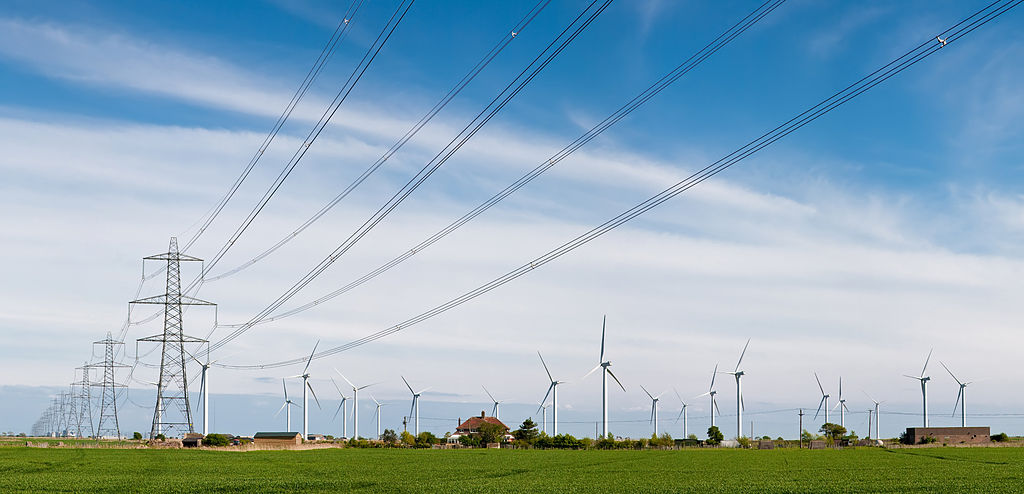The views and opinions expressed in this article are those of the author and do not necessarily reflect the official policy or position of the American Nuclear Society.
I should state up front that I am not an expert in matters of dealing with communicable diseases, although like most of us, I am much more knowledgeable in the area than I was a year ago.
In COVID-19, the world is dealing with a disease that has killed more than a quarter-million Americans in less than a year and, when all is said and done, will have led to the deaths of millions worldwide. Beyond the immediate fatalities, there are the aftereffects on the health of survivors and immensely adverse economic, psychological, and social impacts on the human race. It doesn’t even stop there—other species on our planet are similarly impacted. It’s not quite Stephen King’s The Stand or a zombie apocalypse, but “it could be worse” is cold comfort when you look at the reality of the situation. Like everyone, I have experienced indirectly the effects of COVID-19. I have lost friends and colleagues to the disease, but fortunately, so far, no close family members.





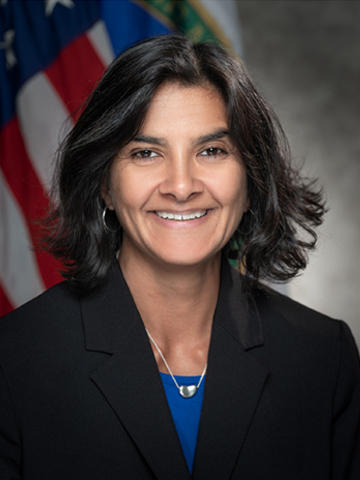
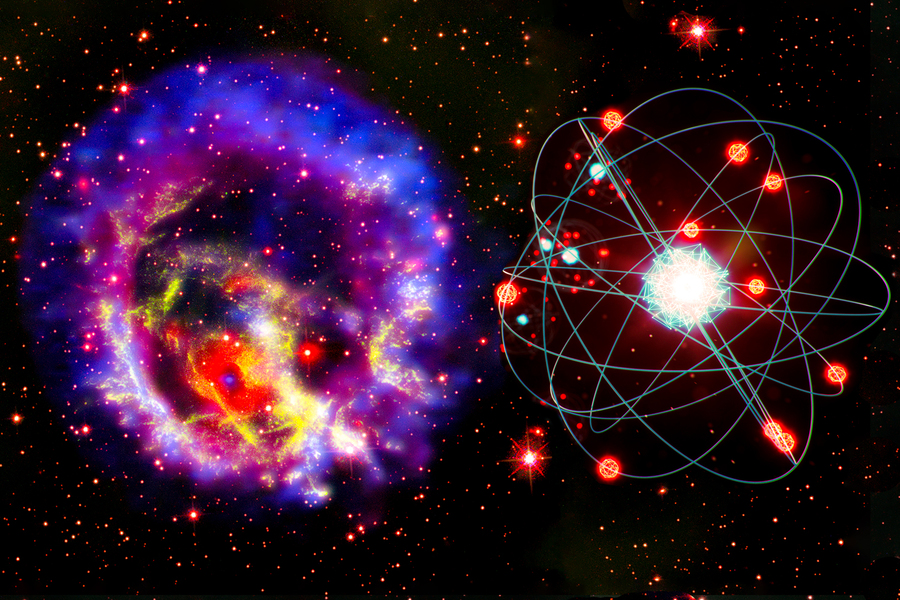
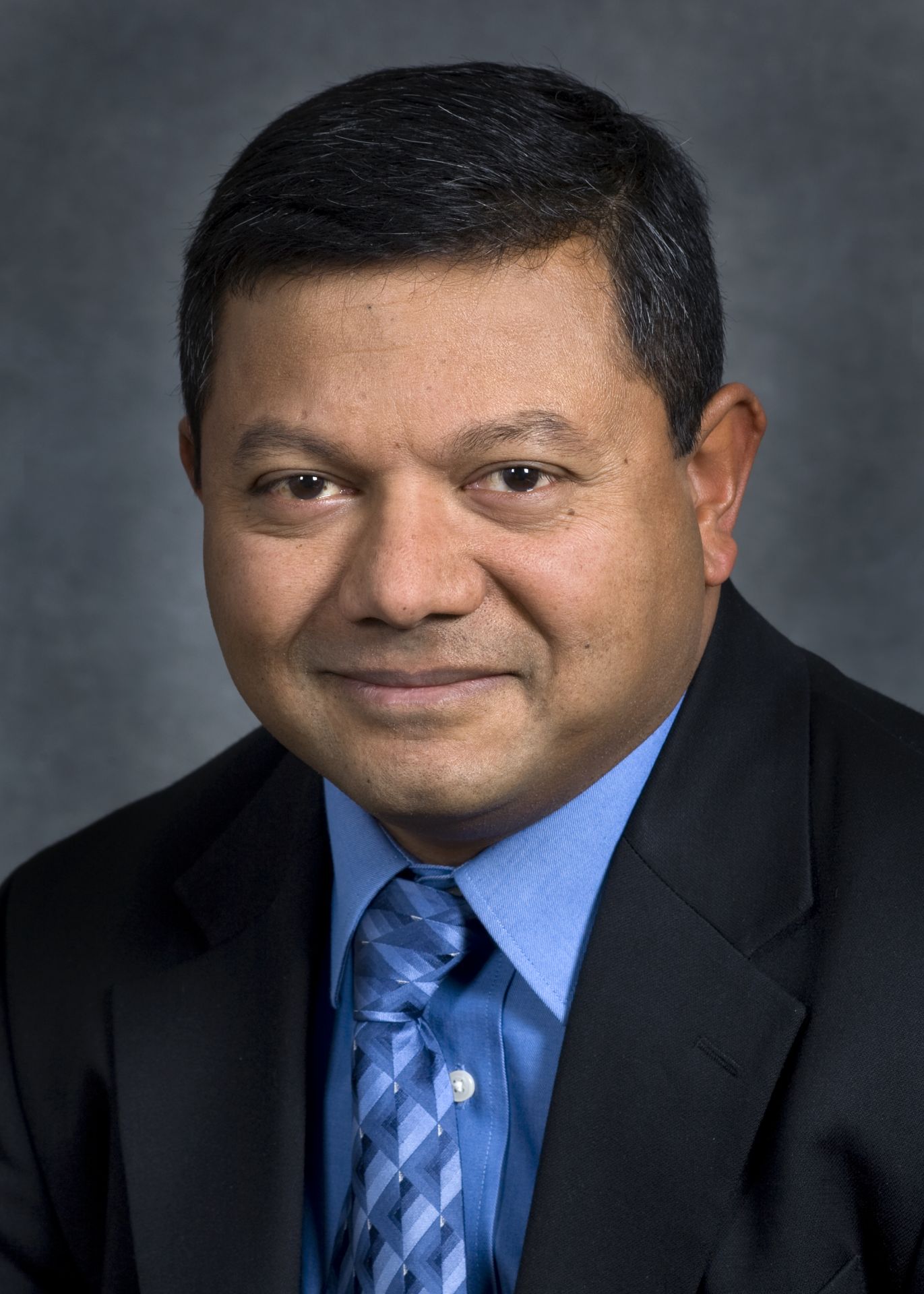
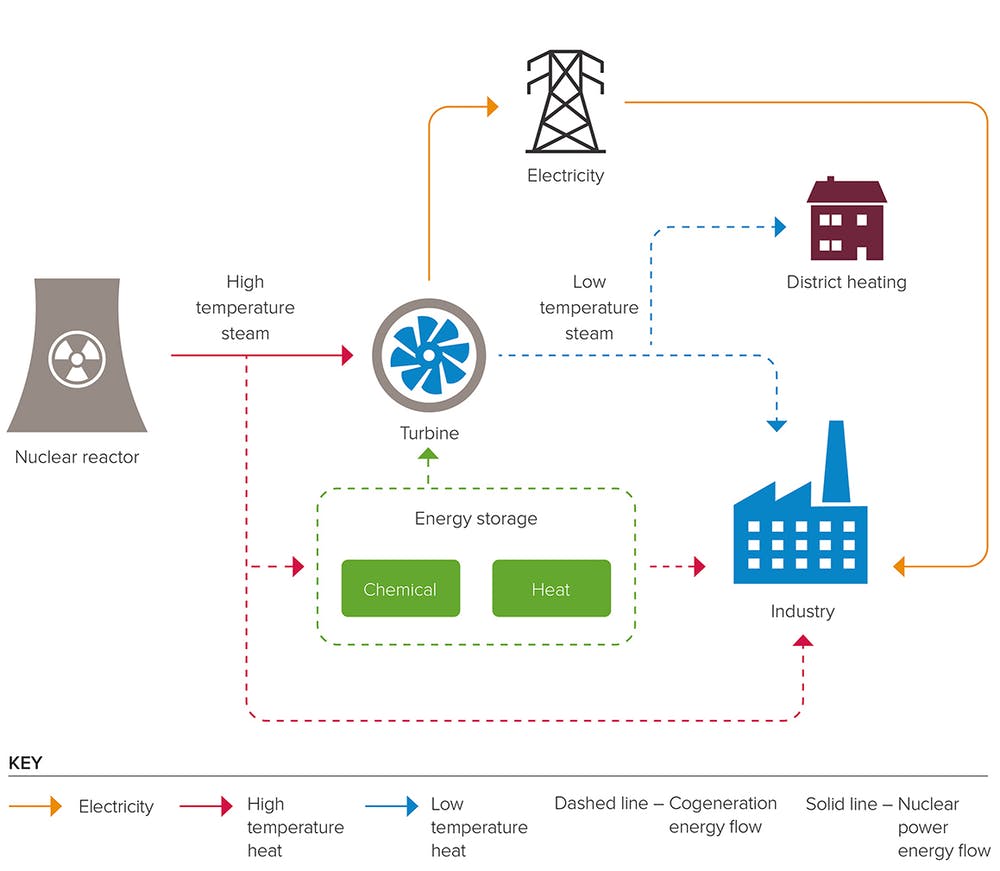
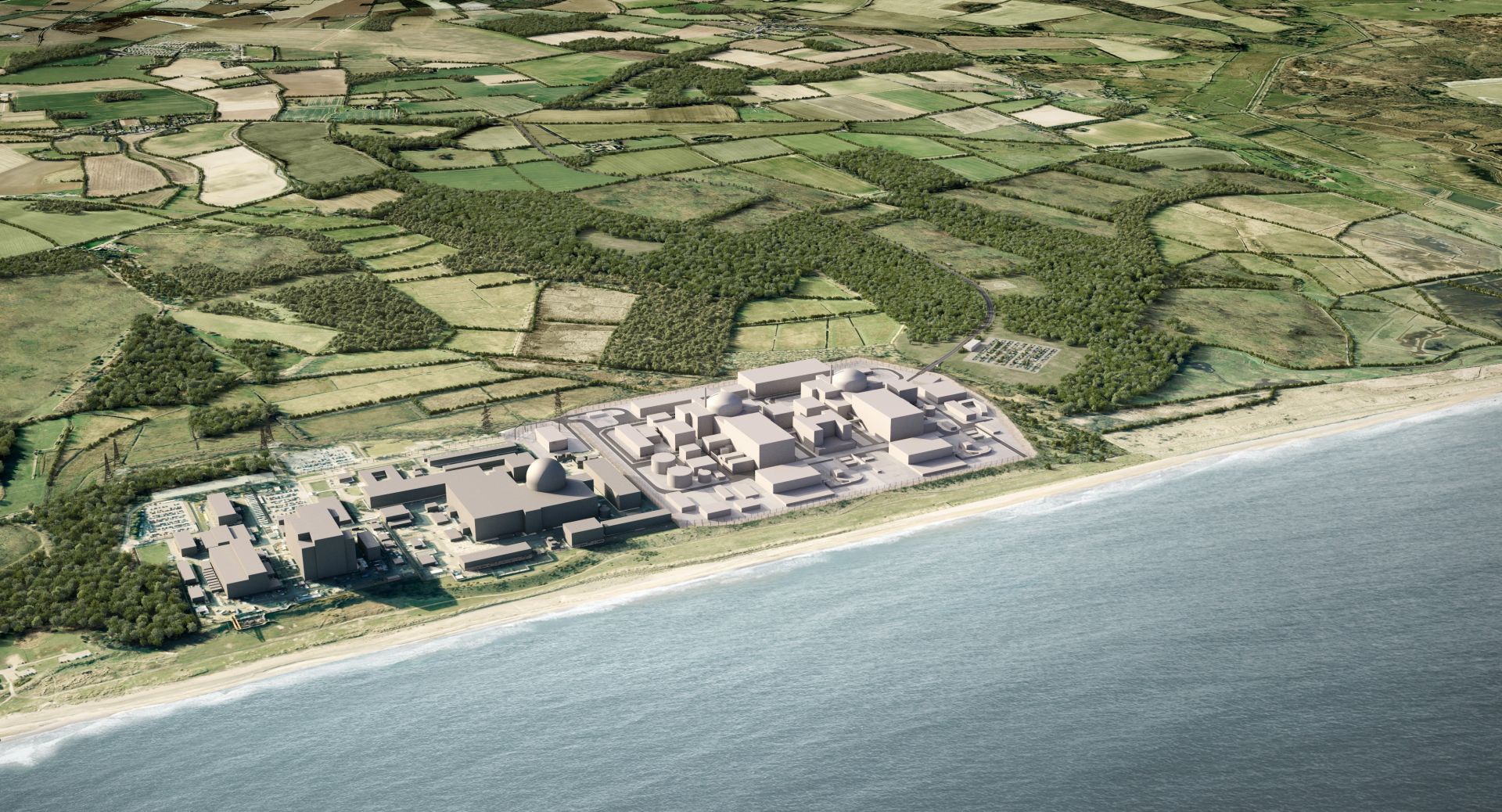
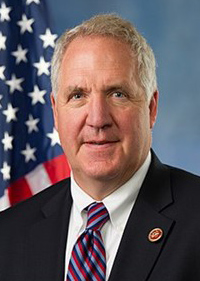

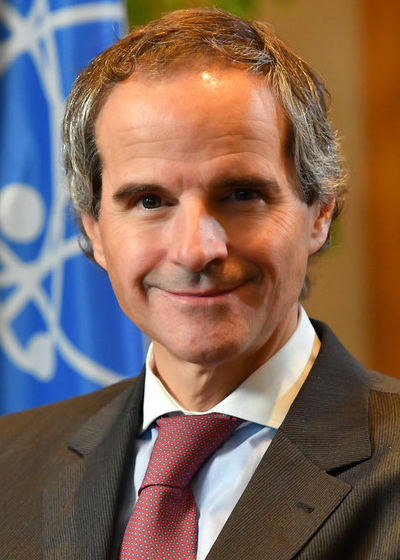
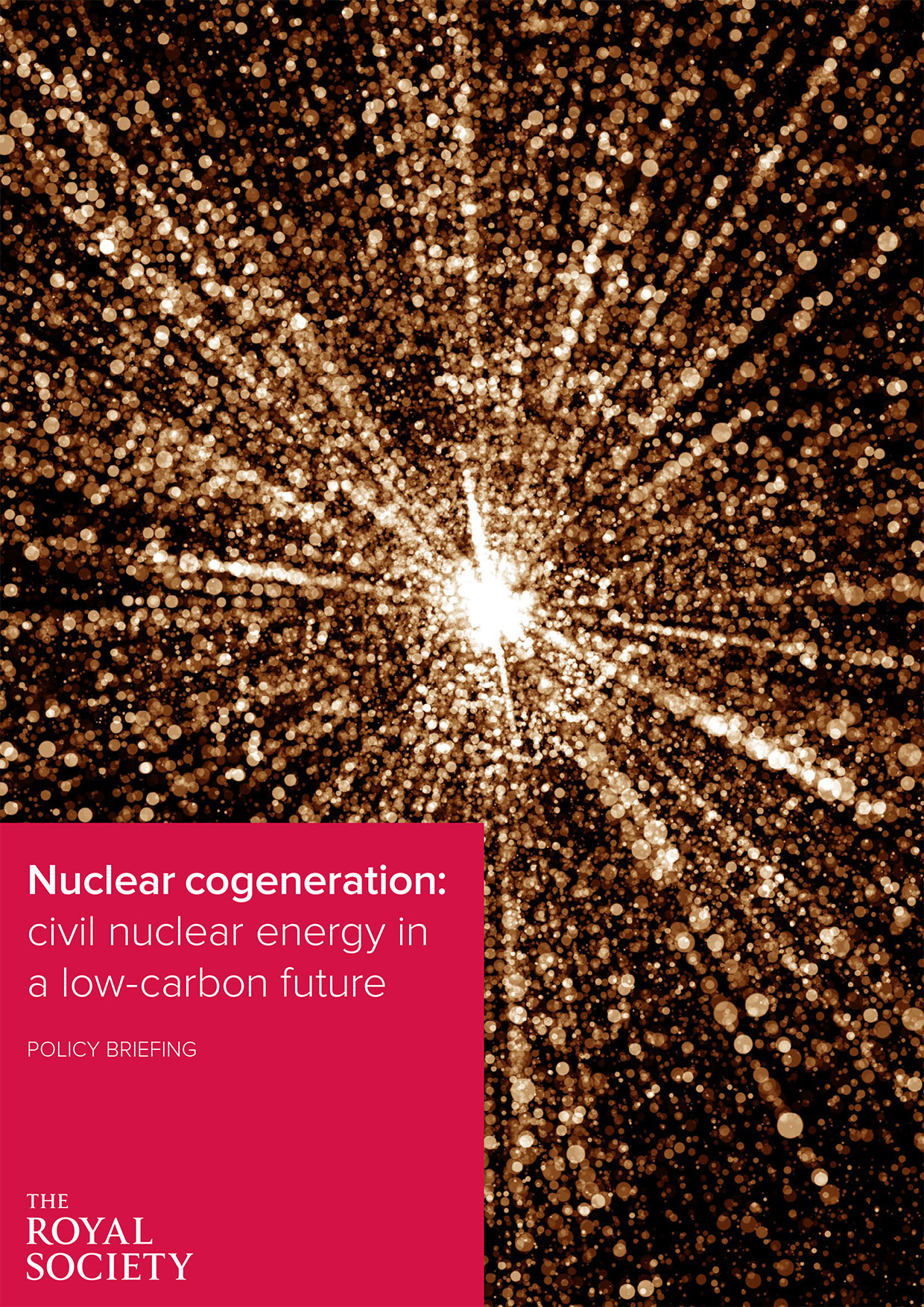 The future of nuclear energy is in cogeneration, according to a policy briefing released on October 7 by the United Kingdom’s Royal Society. (The equivalent of the United States’ National Academy of Sciences, the Royal Society, founded in 1660, is the oldest scientific institution in continuous existence.)
The future of nuclear energy is in cogeneration, according to a policy briefing released on October 7 by the United Kingdom’s Royal Society. (The equivalent of the United States’ National Academy of Sciences, the Royal Society, founded in 1660, is the oldest scientific institution in continuous existence.)